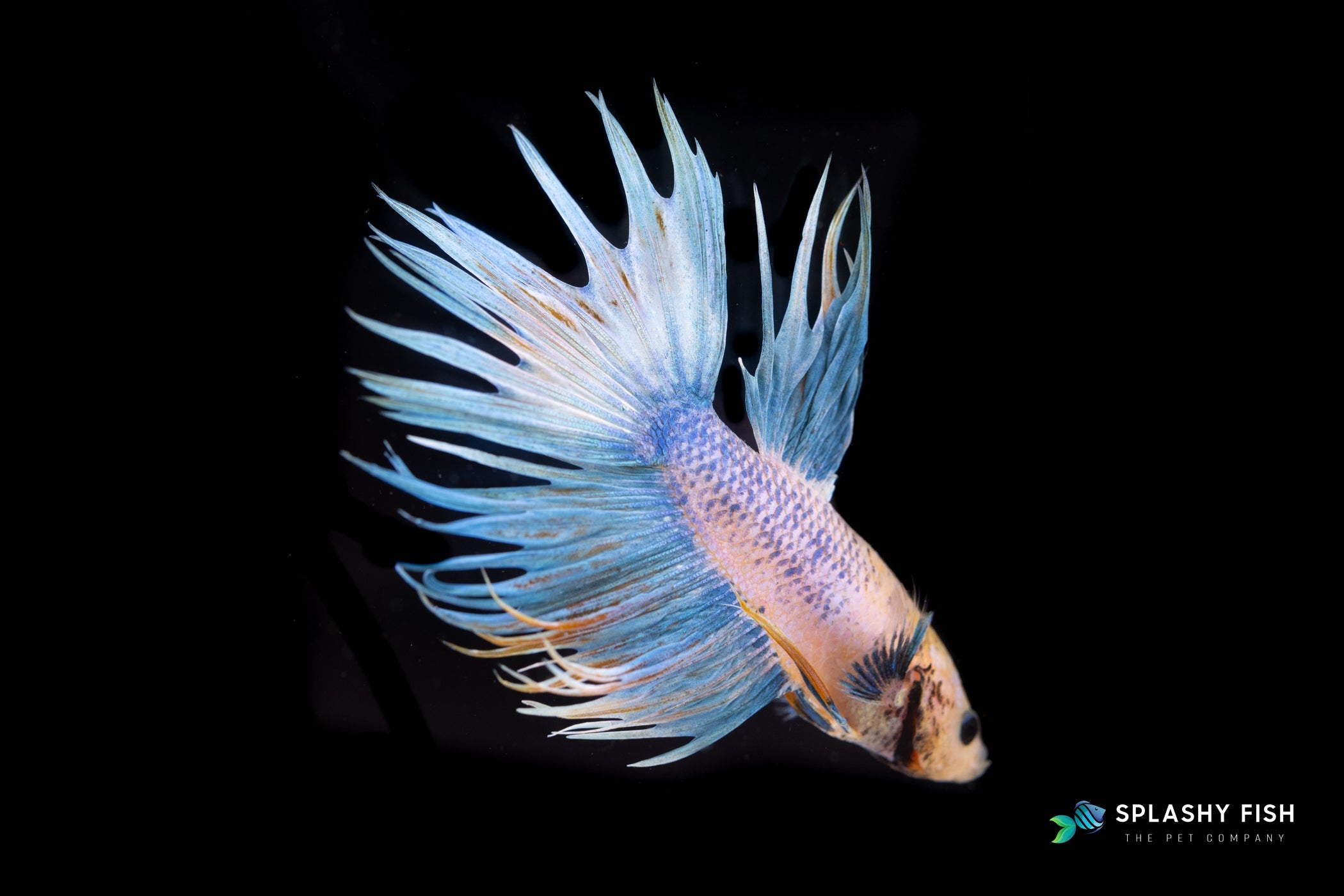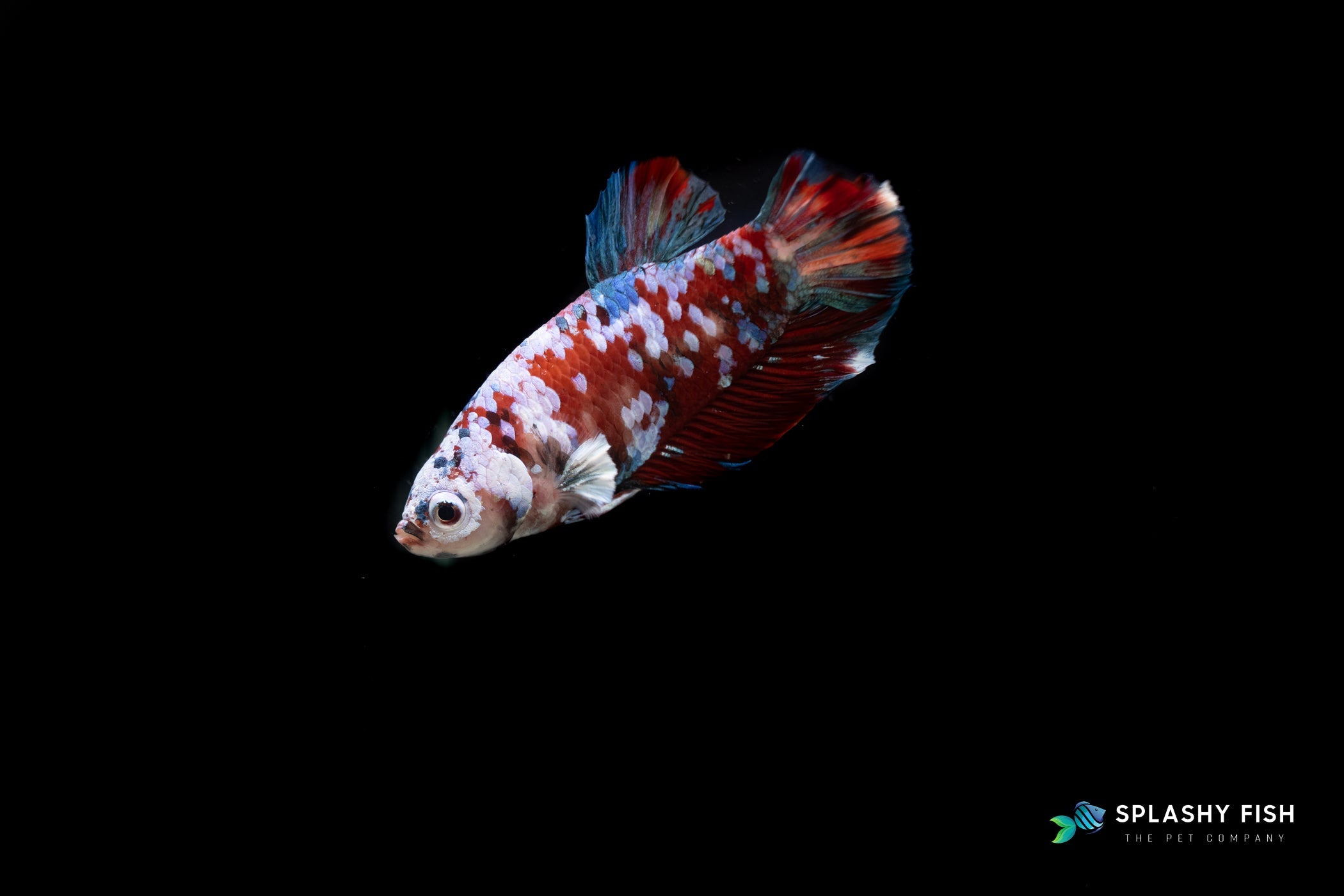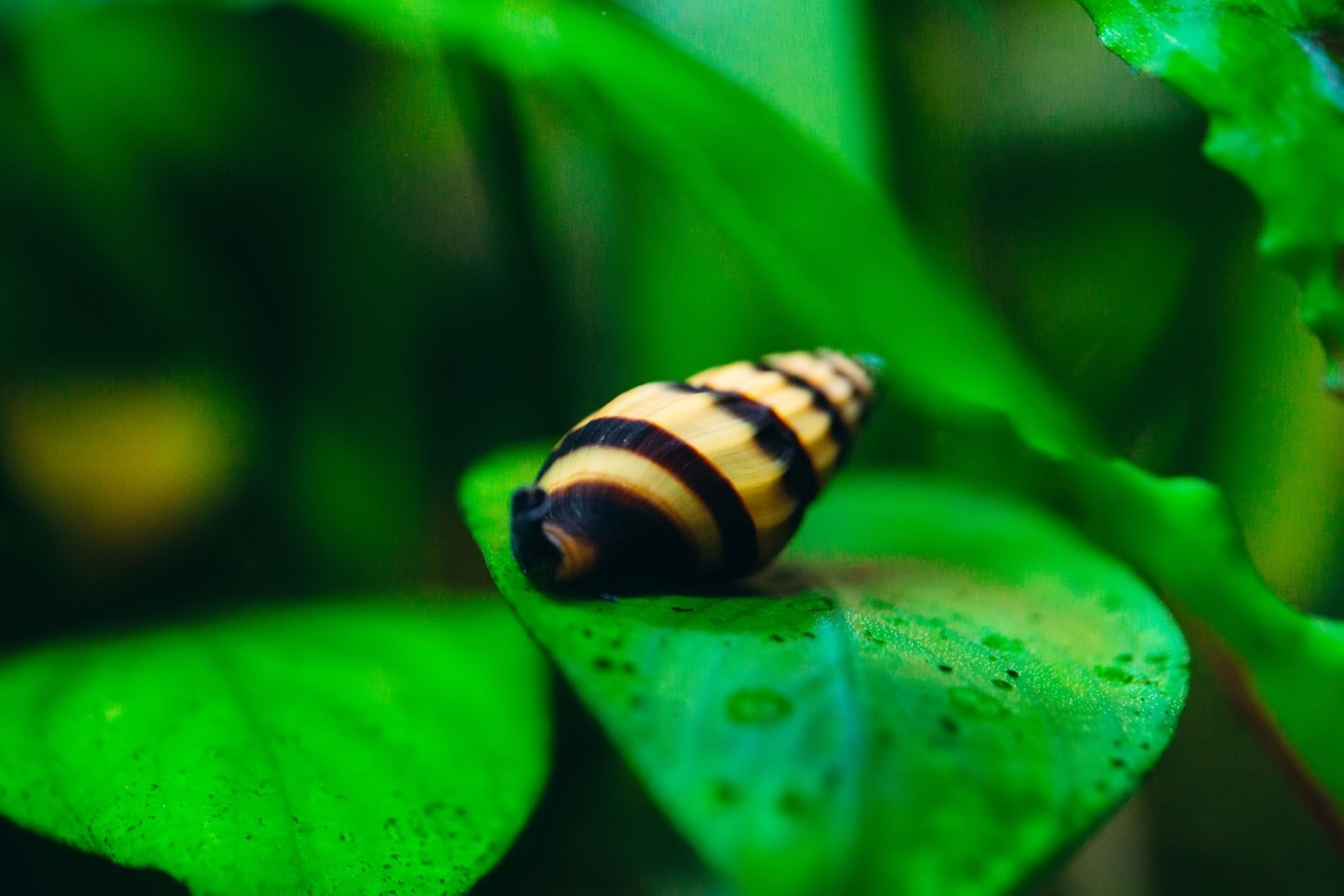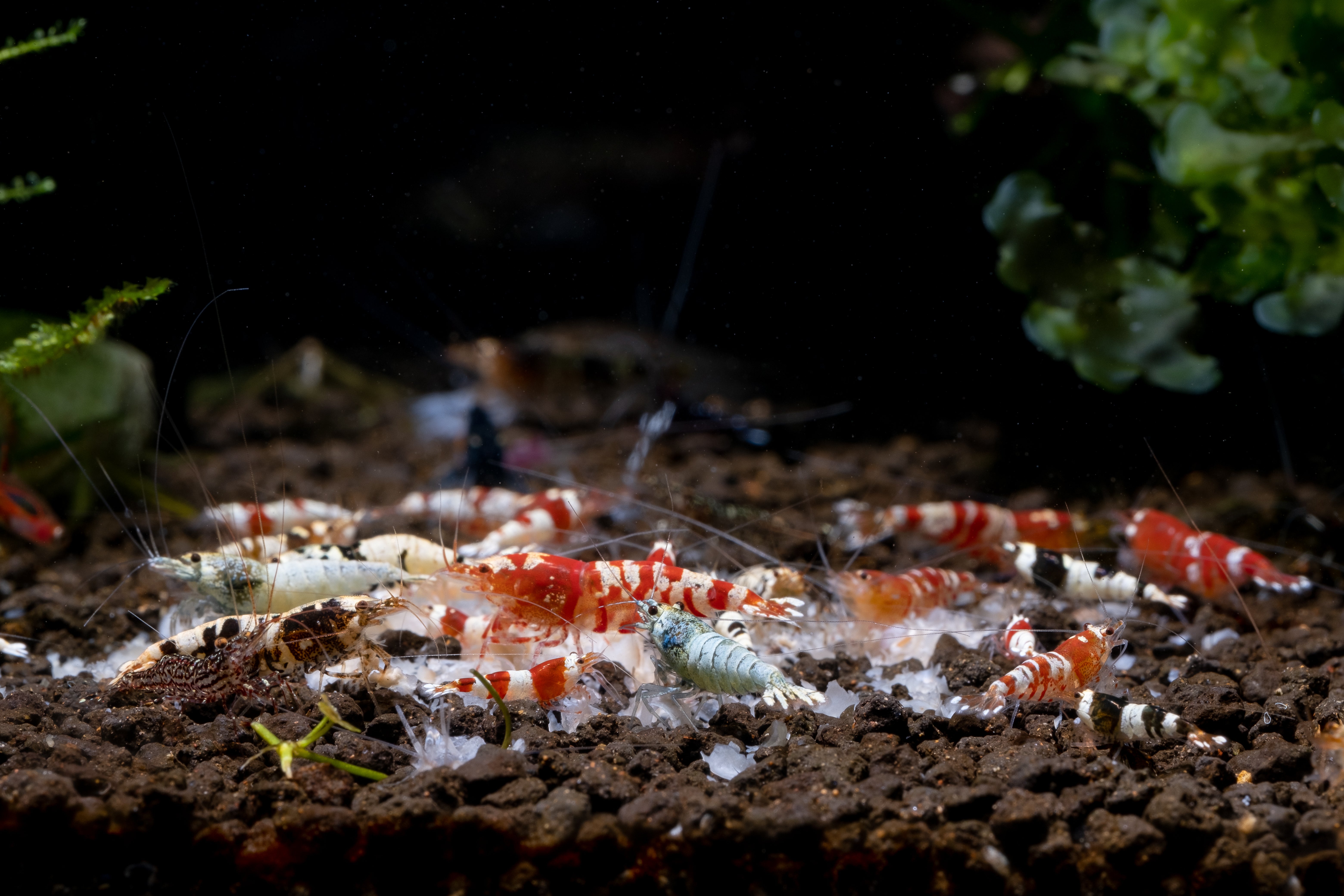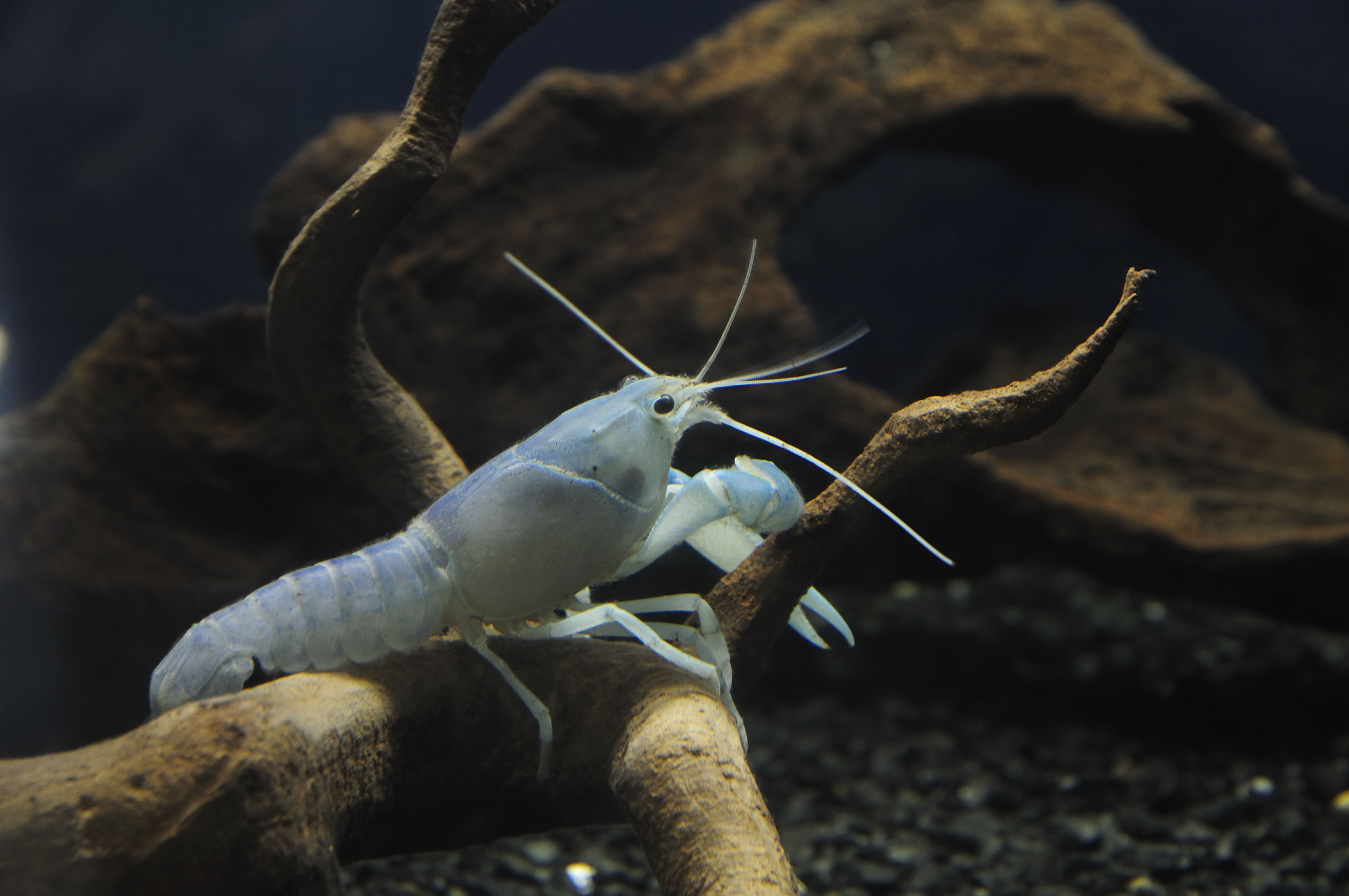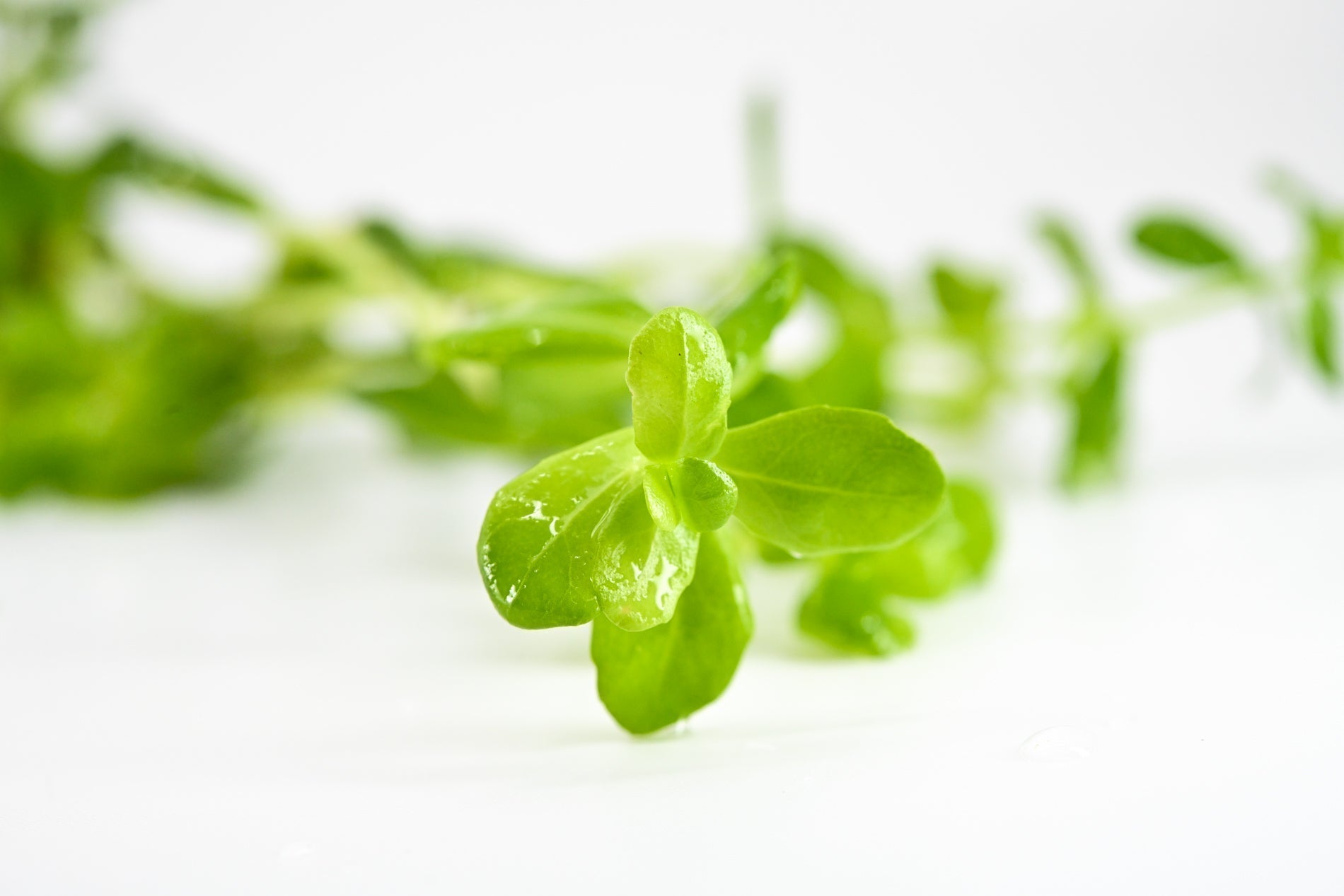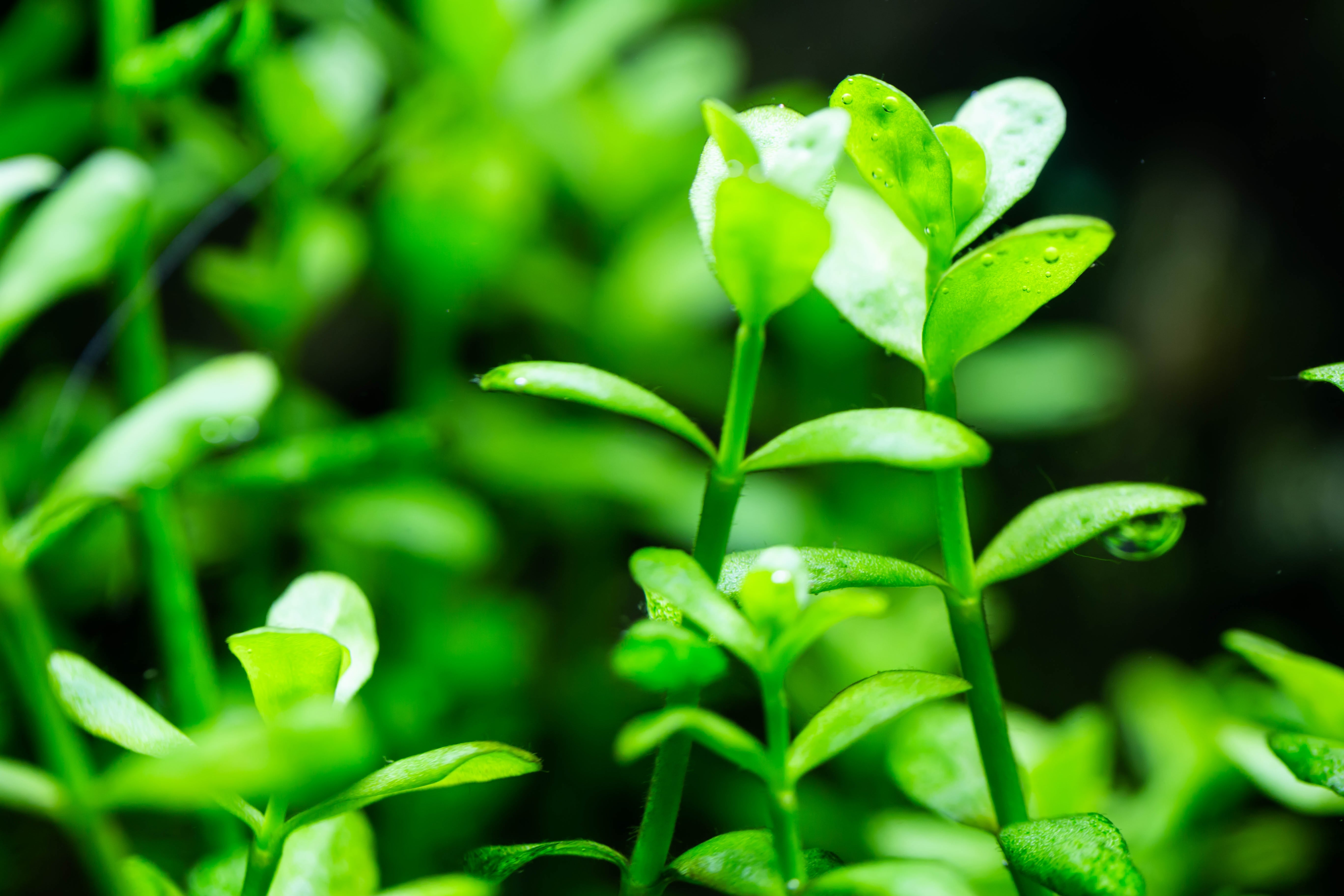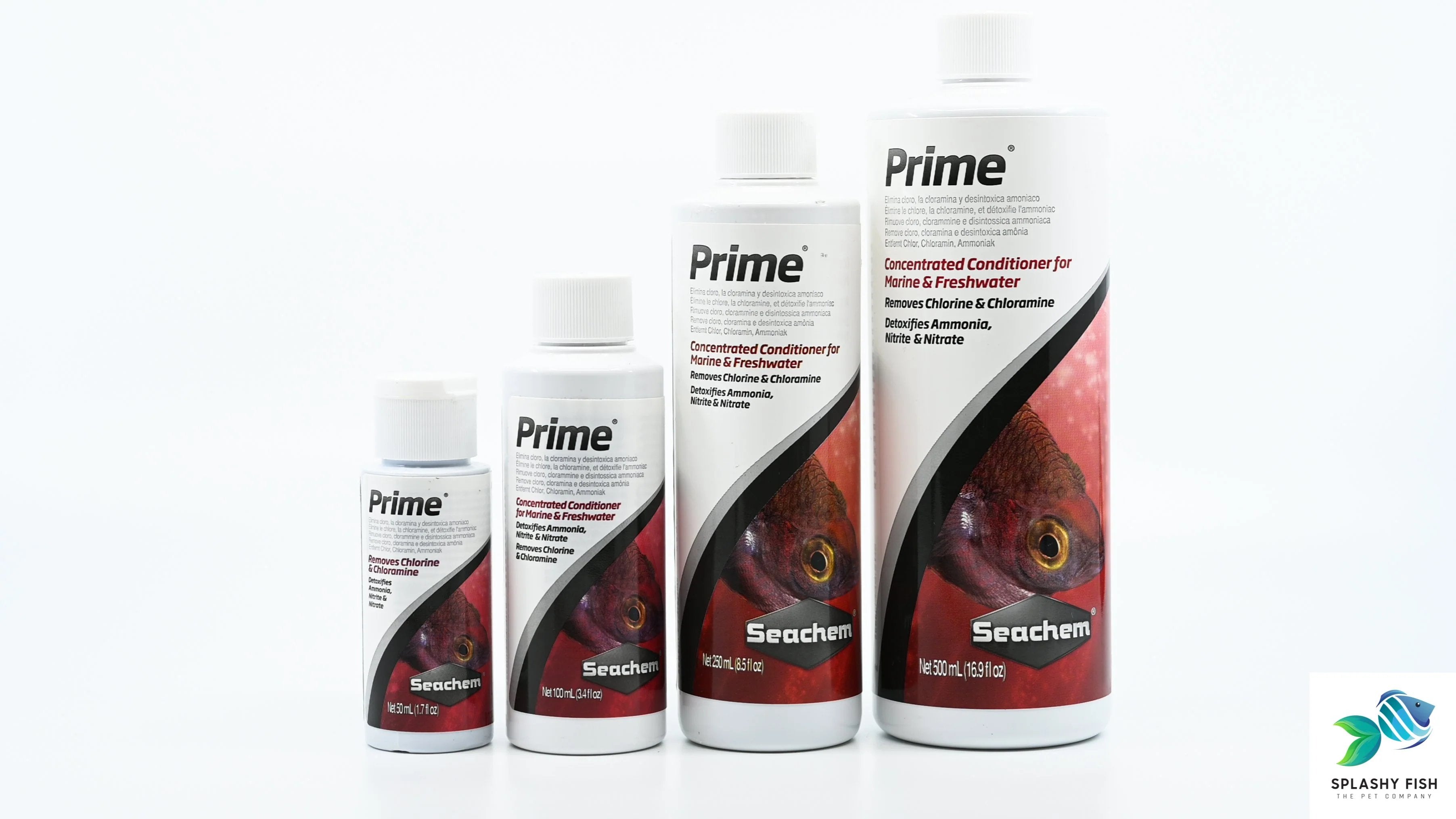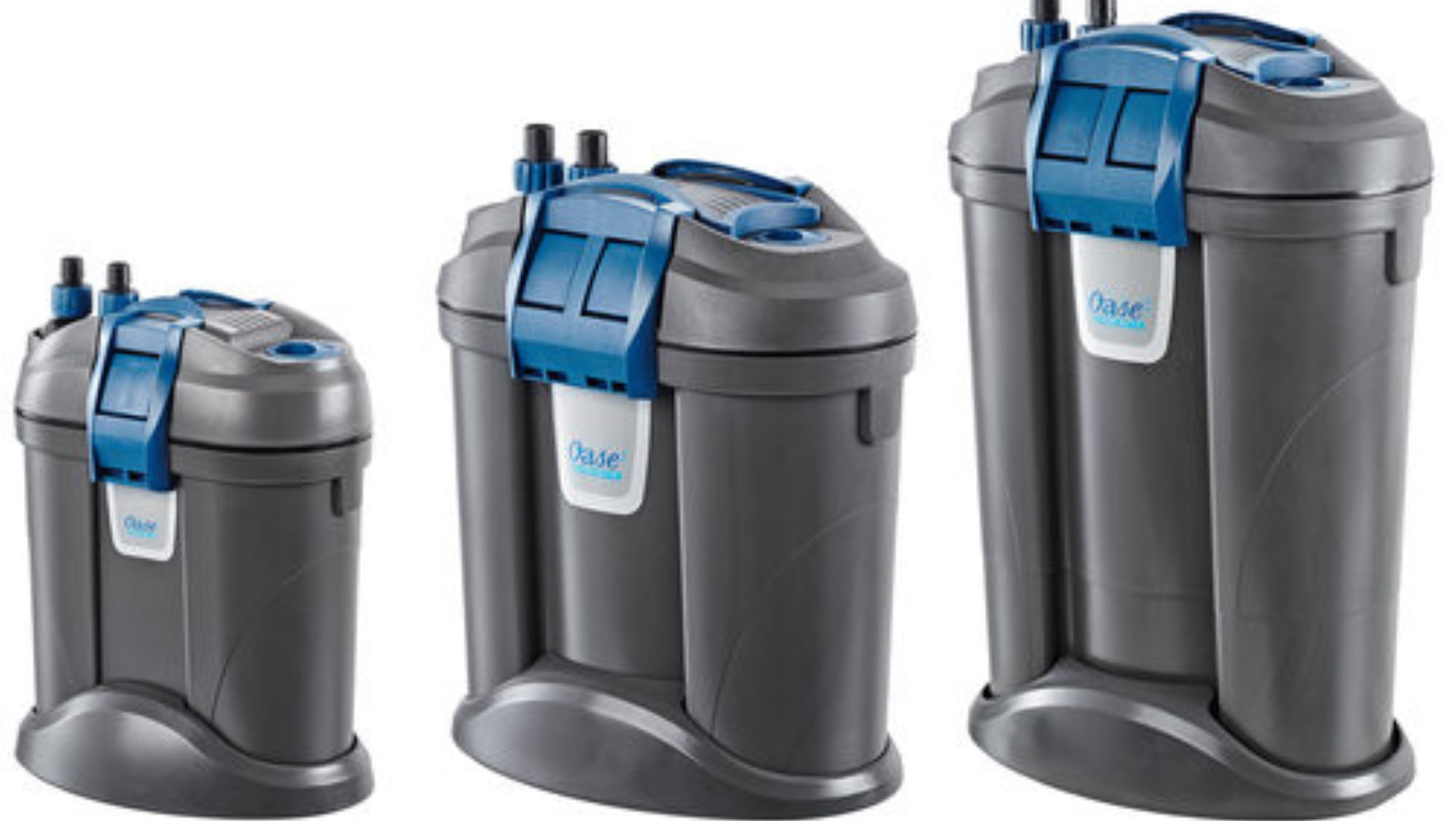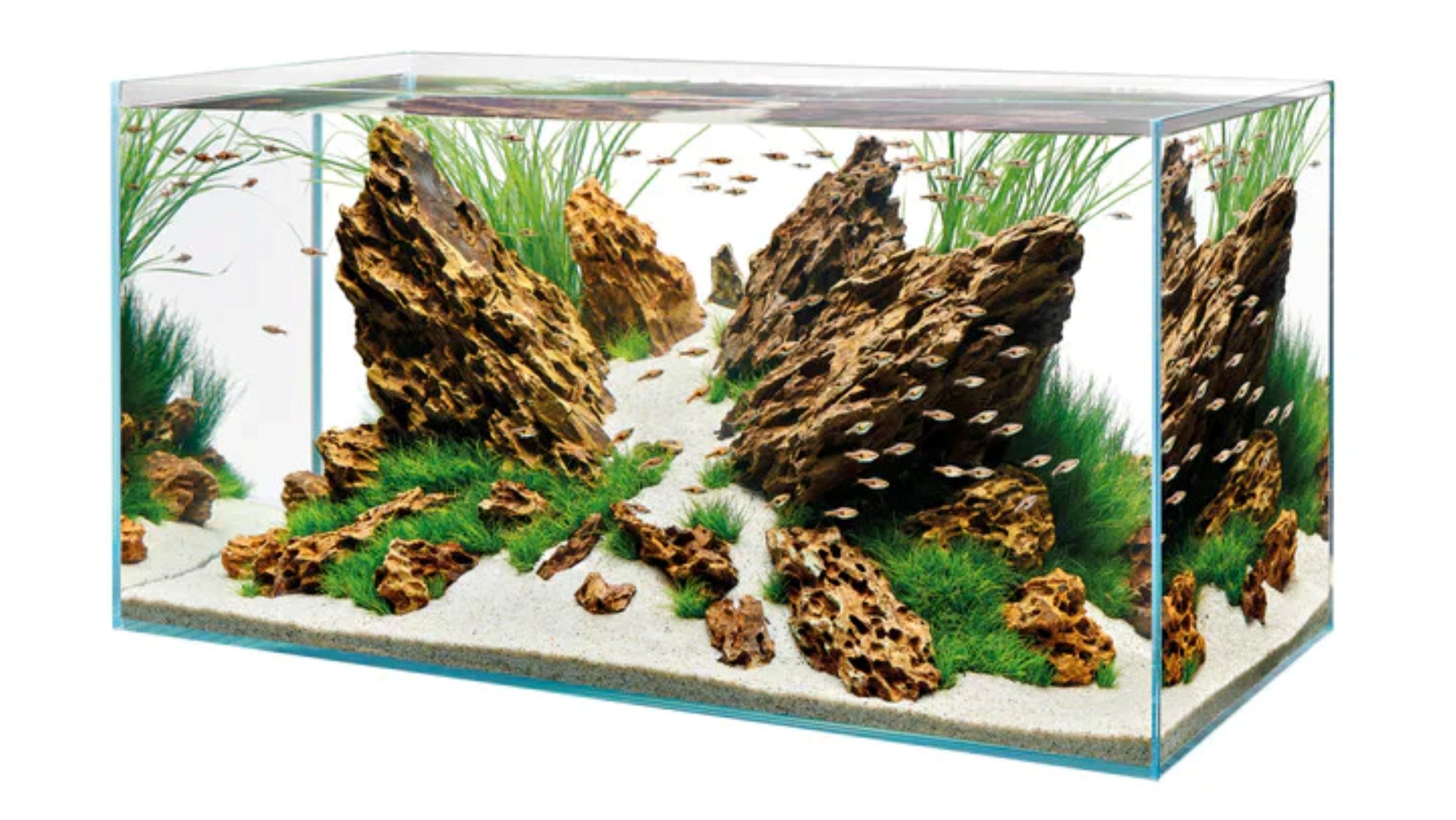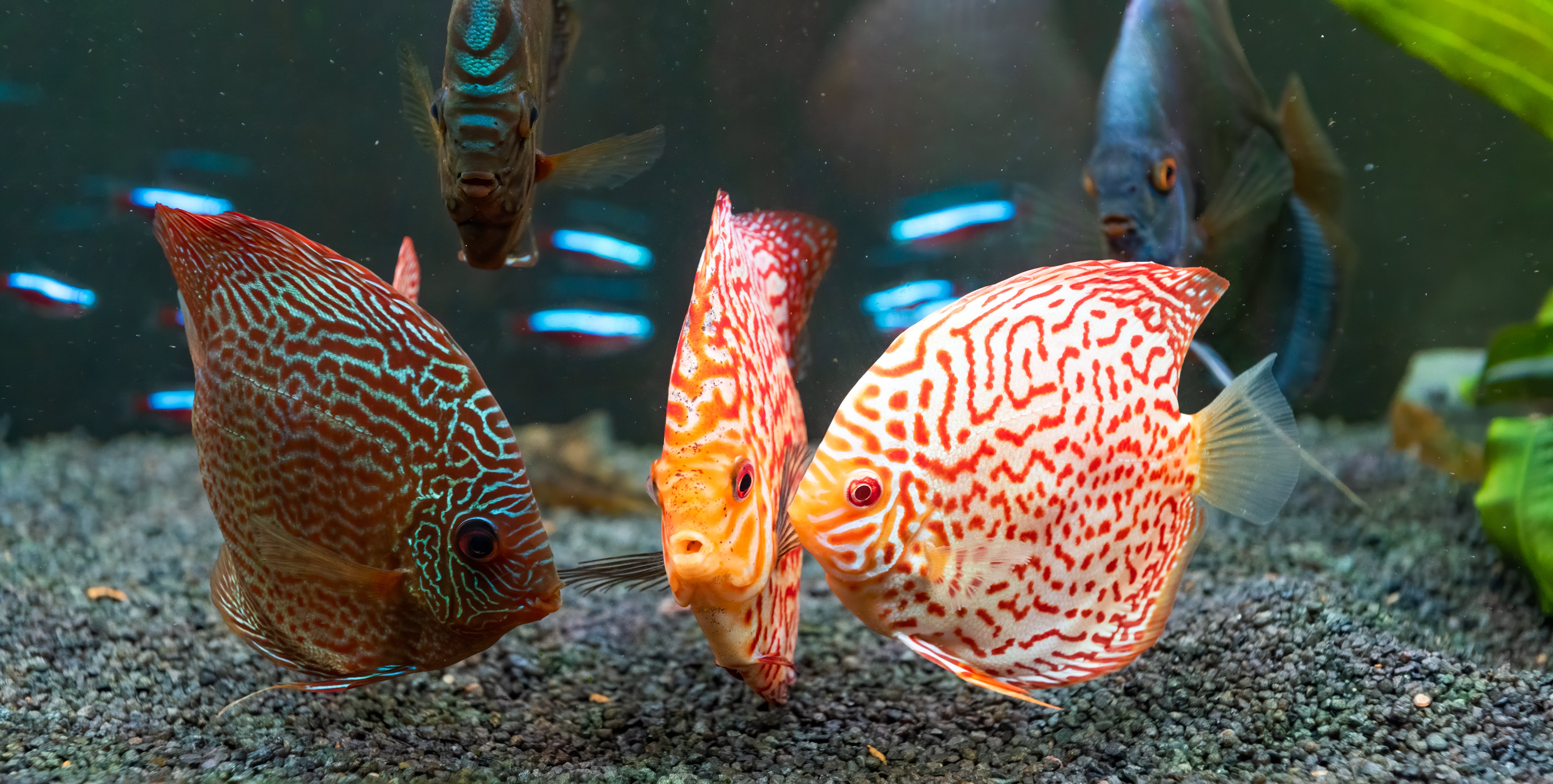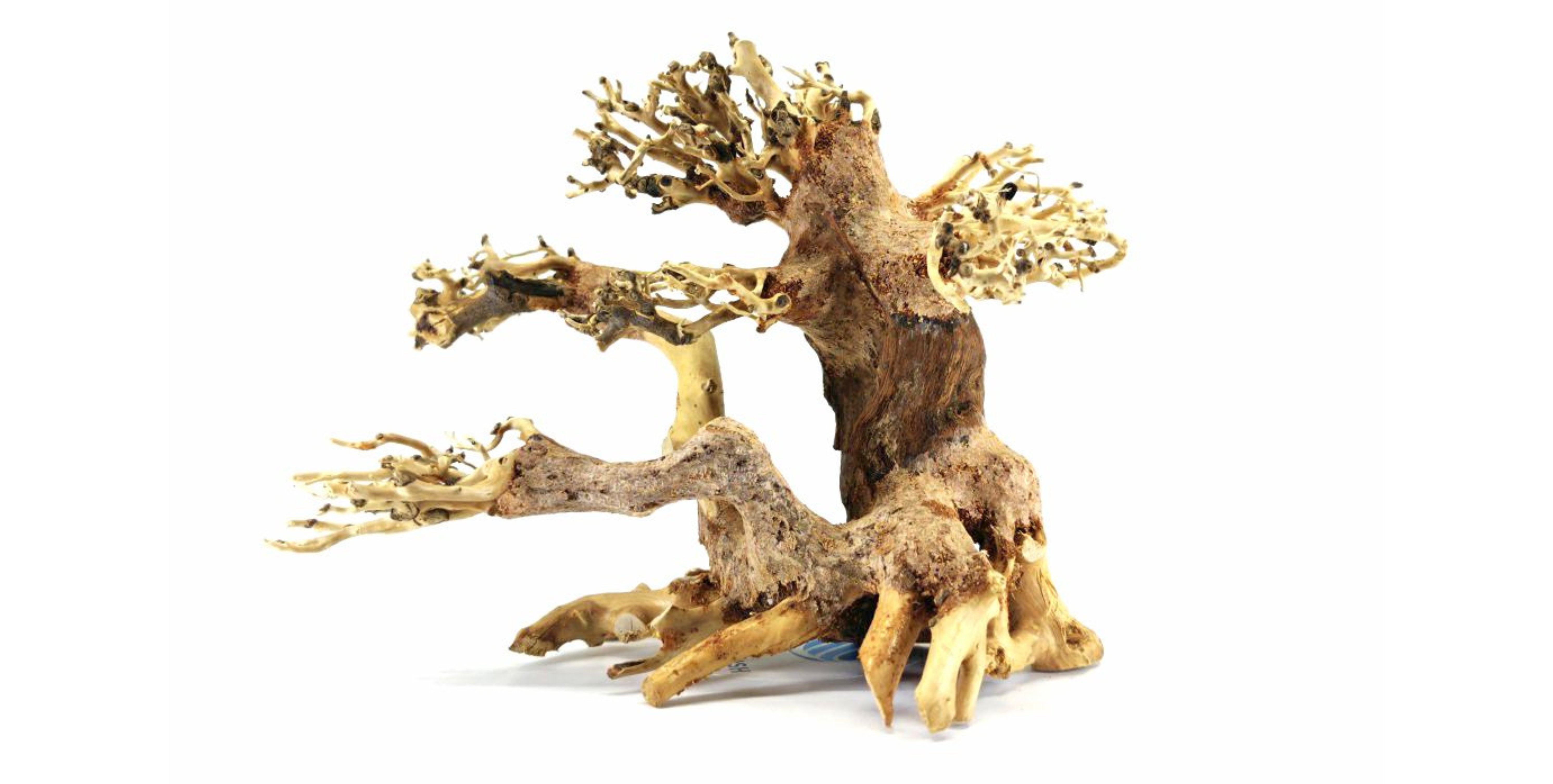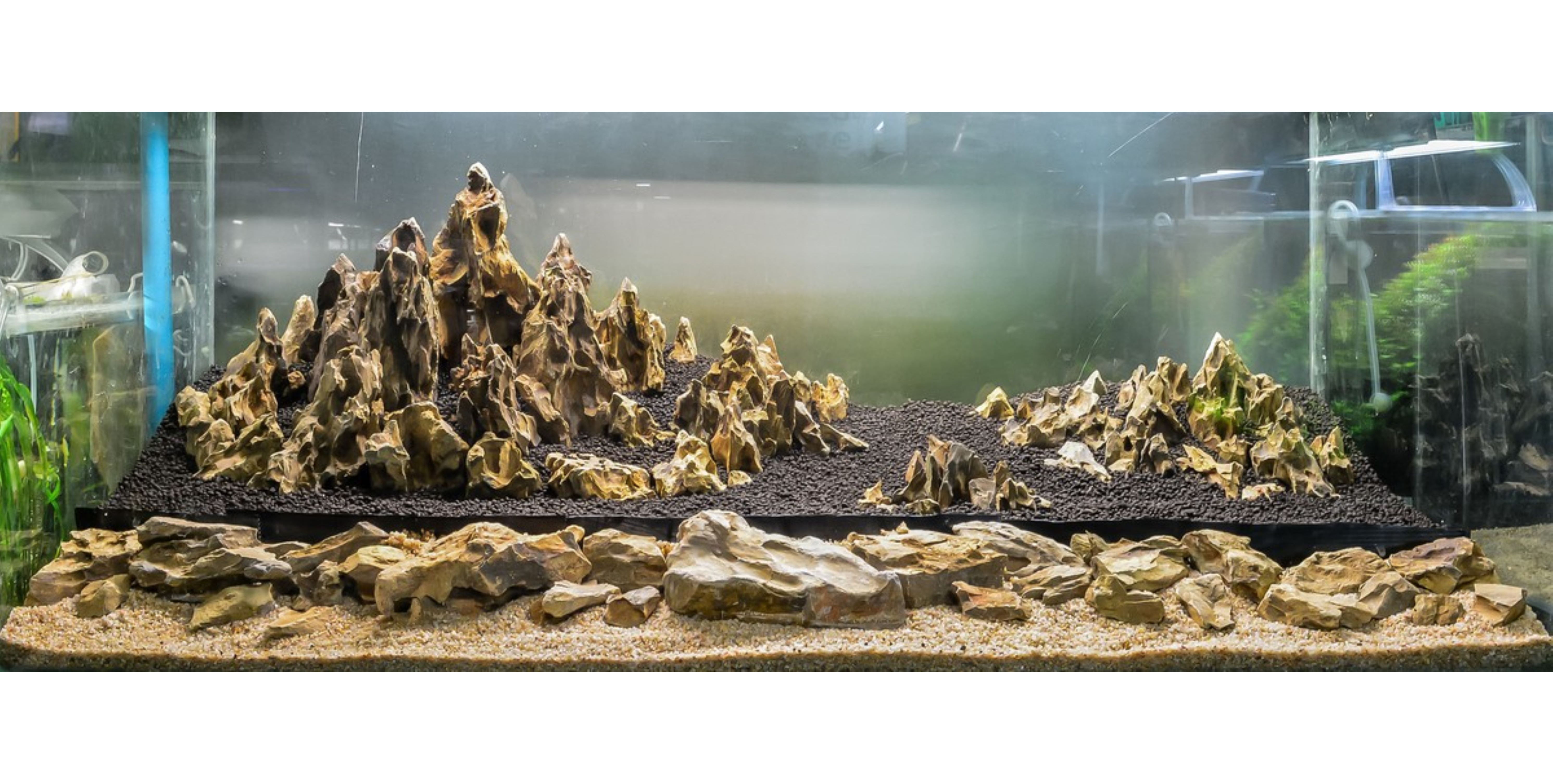Table of Contents
Not all aquarium plants “eat” the same way. Many happily draw nutrients from the water (great for liquid fertilizers), while root feeders prefer to pull minerals directly from the substrate. If a heavy root feeder is stalling, melting, or dropping leaves despite decent light and liquid dosing, it’s time to nourish the ground with root tabs.
What Are Root Tabs?
Root tabs are small dissolvable capsules or tablets filled with plant nutrients. Splashy Fish–style tabs use mineralized soils and iron-rich clays blended with essential macros and micros, think nitrogen, phosphorus, potassium, magnesium, iron, and trace elements like manganese, zinc, and molybdenum. Placed under the substrate, they release nutrients right where roots forage.
Are they safe for freshwater fish, shrimp, and snails? Properly formulated aquarium root tabs are. Avoid DIY capsules packed with terrestrial fertilizers or houseplant spikes; those can leach ammonia or harsh salts and crash water quality. Soil-based, aquarium-intended tabs are designed to be livestock-safe even if a capsule is exposed.
Which Plants Actually Need Them?
Aquarium plants that feed from their roots respond most dramatically:
- Cryptocoryne (crypts) and Echinodorus (swords)
- Bulb/tuber plants (Dwarf Aquarium Lily, Tiger Lotus, Aponogeton, Banana plant)
- Carpeting species with fine root mats (Monte Carlo, Dwarf Baby Tears)
- Runner-formers (Dwarf Sagittaria, Vallisneria, Micro Sword)
By contrast, epiphytes and floaters, Anubias, Java fern, Bucephalandra, Mosses, and floating plants, don’t rely on substrate and usually benefit more from water-column fertilizer. Fast stem plants (Bacopa, Pogostemon stellatus ‘octopus’, Moneywort) can use either, but typically prefer liquid dosing; tabs are optional “boosters” near their bases.
How to Place Root Tabs (the clean, effective way)
Because root tabs dissolve on contact with water, the key is depth and speed:
Plan Your Grid
Aim for 1 tab every 5–6 in (12–15 cm) in a loose checkerboard across the planted area. Densely planted tanks can benefit from closer spacing (4 in / 10 cm).
Use Tweezers or Fingers
Keep the capsule intact; don’t open it. Push it straight down to the bottom of the substrate, below the root zone. In deep sand, angle slightly to prevent the tab from popping back up.
Target The Feeders
Place tabs directly under or just outside the root crowns of Swords and Crypts. Large rosettes may need 2–4 tabs arranged in a ring, a couple of inches from the crown. For carpets, distribute evenly ahead of the spreading front.
Don’t Bury Rhizomes
Never put tabs under a rhizome plant’s rhizome (Anubias/Java fern/Bolbitis). If they happen to sit nearby, it’s fine, but these plants won’t use them much.
If a tab floats, it’s air trapped inside the capsule. Underwater, poke a tiny hole in one end with a pin and gently squeeze; you’ll see bubbles escape, and the tab will sink. Then push it back down into place.

How Many Tabs Do I Actually Need?
A simple rule-of-thumb:
Tabs needed ≈ (tank length × tank width in inches) ÷ 25–36
- 10 gal (20″ × 10″ ≈ 200 in²): 6–8 tabs for an initial grid
- 20 long (30″ × 12″ ≈ 360 in²): 10–14 tabs
- 40 breeder (36″ × 18″ ≈ 648 in²): 18–26 tabs
These counts are for the initial charge across planted areas. For maintenance, you’ll add far fewer, focused on hungry plants.
How Often to Add More and How to Tell
Nutrients deplete as plants grow and as water changes leach the root zone. In inert substrates (plain gravel/sand), plan on monthly refreshes near heavy feeders:
- Swords/lotus/lilies: 1–3 tabs per plant every 4–6 weeks
- Crypt groups: 1–2 tabs in the clump’s footprint every 6–8 weeks
- Carpets/runners: re-seed the leading edge every 4–6 weeks until full
In nutrient-rich aquasoils, extend intervals to 8–12+ weeks, and only spot-dose where hunger shows. Over-tabbing enriched soils can cause localized spikes. Go light and observe.
Signs it’s time to refeed: slowed or stalled growth after a good run, older leaves yellowing (especially from the edges inward), transparent patches or pinholes (often potassium), or crypts thinning after previously stable growth. If the plant was newly set and is melting, that’s usually transition stress, not a call for extra tabs. Give it time and steady care.
Substrate-specific tips
- Sand: go deep and slightly angled to avoid “spitting” tabs back out; consider a thin gravel cap in root-heavy zones.
- Coarse gravel: tuck tabs where grains interlock so capsules don’t float out; press them right to the bottom.
- Fine planted soils: minimal disturbance; use fewer tabs and place them just beyond the crown to avoid softening the stem base.
Root Tabs vs. Liquid Fertilizer (They’re Partners, not Rivals)
Root tabs feed root zones; liquid fertilizers feed the water column for stems, epiphytes, mosses, and floaters. Most mixed planted tanks thrive on both tabs under the heavy eaters, and a consistent dose of a comprehensive all-in-one in the water for everything else. Keep light duration stable (start at 6–8 hours) so plants can actually use the nutrients you provide.
Quick Workflow You Can Reuse
- Map planted zones; plan a 5–6″ grid (tighter in dense carpets).
- Push intact capsules deep below roots; ring large rosettes with 2–4 tabs.
- Keep rhizomes above substrate; don’t tab directly under them.
- Maintain a steady photoperiod and add a comprehensive liquid for stems/epiphytes.
- Refresh tabs near hungry plants monthly (inert substrates) or as needed (soils).
- Watch leaves, not the calendar, adjust every 4–8 weeks based on growth.
Give your root feeders what they really want, food at their feet, and watch the difference in leaf size, color, and vigor. If you’d like a personalized layout (how many tabs, where to place them for your tank footprint and plant list), share your dimensions and stocking and we’ll sketch a quick plan.
Troubleshooting & FAQs
My plant still isn’t growing.
Confirm species and placement (light/flow), ensure the crown isn’t buried (rosettes), verify stable photoperiod, and add fresh tabs under the root zone. For stems, increase liquid dosing instead. Give changes 2–3 weeks before judging.
I hit a tab while planting and it popped up, water looks cloudy.
It’s usually harmless with soil-based aquarium tabs. Net out any loose material, do a moderate water change, and re-bury a fresh capsule deeper.
Will tabs cause algae?
Algae thrives on imbalance, not fertilizer alone. Tabs placed deep are consumed by roots; they don’t “feed the water” if buried properly. Keep liquid dosing appropriate, maintain flow, and trim decaying leaves to avoid excess organics.
Can I overdose?
Yes, especially in already nutrient-rich soils. Start conservatively and spot-dose only where needed. Too many tabs packed under one crown can suffocate roots or promote rot.
Can I skip tabs if I have aquasoil?
Initially, yes; most aquasoils fuel months of growth. As the tank matures, heavy feeders still appreciate occasional root-zone boosts.




